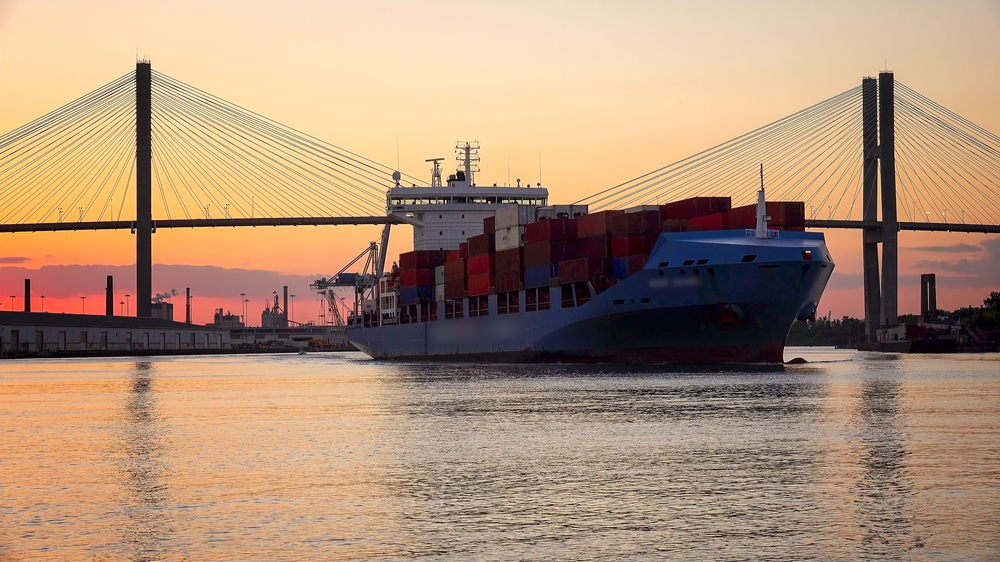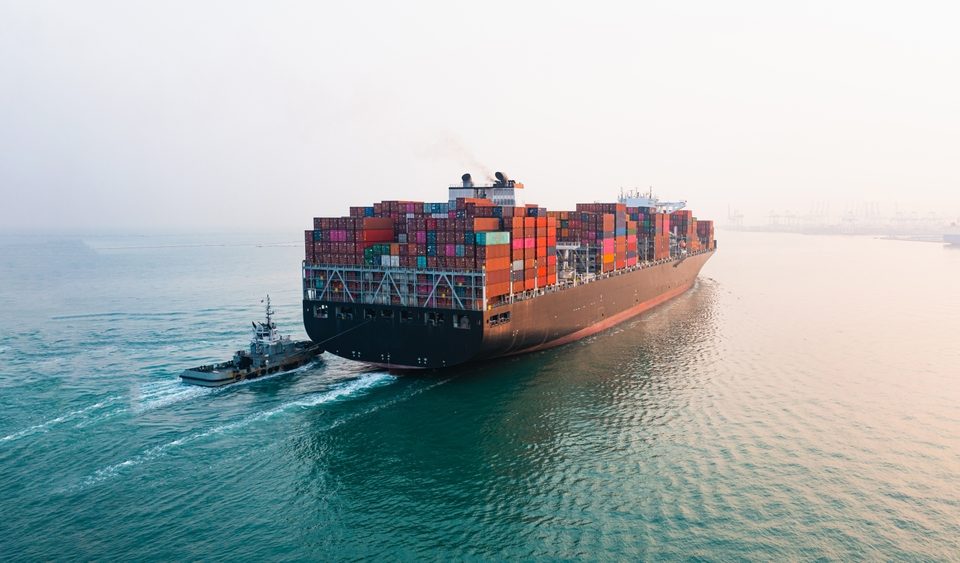
Status of U.S. Economy and Consumer Buying Trend
October 19, 2022
Rail Cargo Updates | As of October 27, 2022
October 31, 2022Global Shipping Industry Updates
As of October 21, 2022
Consumers Spending Cautiously – What are the Effects?
National Retail Federation – Outlook Optimistic
The Monthly Economic Review published by the National Retail Federation in October 2022, provides a synopsis of retail consumer spending. The report indicates growth of consumer spending has slowed, making economists and consumers alike worried about the possibility of a recession due to high inflation and rising interest rates. Consumers are still spending, however more cautiously, and many economists say a recession, if there is one, will most likely be mild or may not occur until 2023.
Households continue to feel the impact of inflation on their monthly expenses partially due to the rising interest rates, making it more difficult to pay off credit card balances, borrow money to buy a house, or finance the purchase of a car. With this direct impact on such expenses, the size and frequency of recent rate hikes has made it more challenging for consumers to make decisions about how much money to spend and what to spend it on. Overall, reports indicate that the U.S. economy is growing again, just at a slower pace than in 2021.
Port of Savannah
The Georgia Port Authority Executive Director, Griff Lynch, announced last week that the Port of Savannah has experienced a strong first quarter of the fiscal year as the amount of cargo arriving at the port has significantly increased. Savannah handled more than 1.5 million twenty-foot equivalent units (TEUs) of containerized cargo in July, August, and September, up 9.6% over the first quarter of fiscal 2022. In the last month, however, container volumes were off by 7.6% compared to September last year, most likely due to a three-day suspension of service related to Hurricane Ian. GPA Board Chairman Joel Wooten said economic factors have also caused slowing at the port, “We are now expecting a gradual easing in demand based on several factors, including consumers spending away from goods; back to services, and the impact of higher prices caused by inflation.”
East and Gulf Coast Ports
On October 17, 2022, the Journal of Commerce indicated that while retailers normally divert some discretionary cargo to ports on the East and Gulf coasts in years when the ILWU (International Longshore and Warehouse Union) and PMA (Pacific Maritime Association) negotiate a new contract, the shift away from the West Coast has been particularly dramatic this year. This month, the apparent downturn of demand should help the U.S. ports address vessel backlogs brought on by the earlier buying volumes.
Port of Long Beach
On October 18, 2022, the Port of Long Beach announced that it witnessed a slight decline in cargo containers this September amid diminishing consumer demand, full warehouses, and inflation concerns. Last month they moved 1% fewer containers compared to September 2021, which was the port’s second-busiest September in its 111-year history. “Consumers and retailers are concerned about inflation, leading to warehouses filled with inventory and fewer product orders from Asia,” said Port of Long Beach Executive Director Mario Cordero, but, “The respite is leading to increased capacity on the docks and fewer ships waiting off the coast to enter the port.”
“We appreciate our longshore labor, marine terminal operators, truckers, and all of our other industry partners who continue to move cargo quickly, reliably, and sustainably,” added Long Beach Harbor Commission President Sharon L. Weissman. “We’re hoping to close the year on a positive note that focuses on our efforts to improve cargo flow while dramatically enhancing air quality.”
The Port of Long Beach has moved 7,342,383 TEU during the first nine months of 2022, up 3.5 percent from the same period in 2021. Additionally, the port processed 2,334,605 TEU between 1 July and 30 September, down 0.3 percent from the third quarter of 2021.
Port of Los Angeles
On October 19, 2022, the Port of Los Angeles issued a news release announcing that high levels of retail and other inventory already on shelves and in warehouses has caused cargo volume at the Port of Los Angeles to slow again in September.
“Despite what will likely be a soft ending to 2022, we are on track to have the second-best year in our history,” Port of Los Angeles Executive Director Gene Seroka said at a media briefing. “More importantly, the cargo backlog that began last year has been nearly eliminated due to the diligent, combined efforts of our supply chain partners.”
For any questions regarding these updates, please contact your Western Overseas representative.





